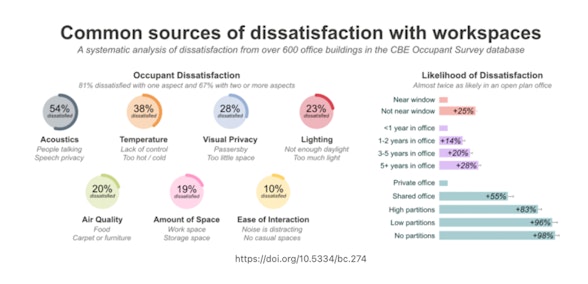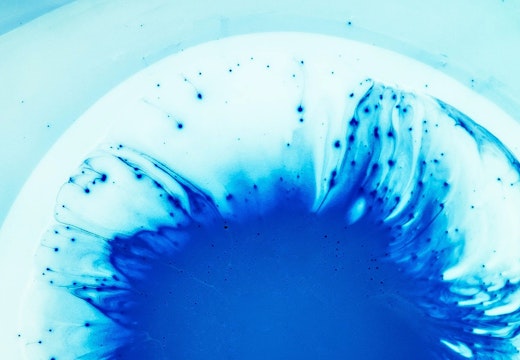New studies reveals noise as top source of dissatisfaction at work
What design factors impede professional performance in the workplace? Two new studies from field of applied psychology point the finger at a familiar culprit
How workplace design can elevate professional performance is one of the most extensively researched topics in applied psychology. Two new studies shed fresh light on the subject and echo the findings of some classic research in the field.
Finnish researchers Jenni Radun and Valtteri Hongisto (2023) examined a large global dataset consisting of 82,315 respondents to explore the fit between indoor environmental quality (IEQ) factors and what people are asked to do at work.
Their study revealed that dissatisfaction with noise was strongly related to a preference for private offices, which ‘were considered the best fit, especially for concentrated and confidential work as well as remote contacts’. The researchers advocate that ‘if private offices cannot be offered, at least private shared offices or soundproof workspaces such as mobile pods and booths should be offered for these office activities’.
Combing through archives
In a paper entitled ‘Common Sources of Occupant Dissatisfaction with Workspace Environments in 600 Office Buildings’, researchers Thomas Parkinson, Stefano Schiavon, Jungsoo Kim and Giovanni Betti (2023) combed through the extensive data archives at the Center for the Built Environment and learned that ‘acoustics were the most common source of dissatisfaction’.
Other challenges included a perceived lack of control over the temperature and insufficient space. Being near a window decreased the likelihood of dissatisfaction compared with those who were not near a window. Common challenges generally relate to the simultaneous reduction in control and personalisation with increasingly open and densely populated layouts.

Image: courtesy of Thomas Parkinson, Stefano Schiavon, Jungsoo Kim and Giovanni Betti
Getting the job done
Overall, the relationship between dissatisfaction and self-reported performance was strongest for acoustics, then temperature and lighting. The study further reveals that respondents identifying a dissatisfaction source are much more likely to feel that the workspace is interfering with their ability to get their job done. Conversely, satisfied respondents comprise the large majority who say their workspace enhances their ability to get their job done.
Read more of the latest research insights from Sally Augustin in Research Round-up, her regular column in the Innovation Zone here.








